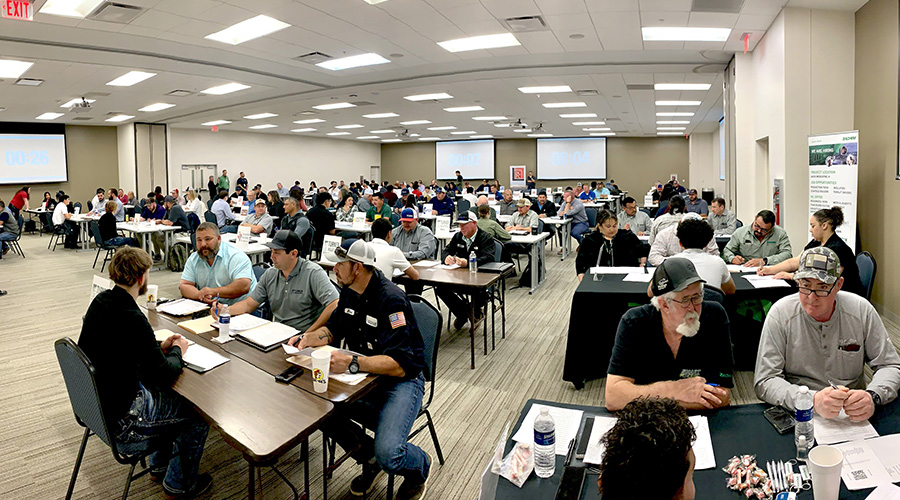Are You Keeping an Eye On the Future of Maintenance?
Staffing issues. Budget woes. Communication breakdowns. Customer complaints. The list of challenges facing maintenance and engineering managers never seems to end, or even ease up a little. And as existing institutional and commercial facilities age and new facilities come online, a fresh batch of challenges arises.
Given this workload, managers could be forgiven for simply focusing their attention on existing and potential problems at the expense of keeping up with the future of maintenance. While that approach might be understandable, it's probably not wise in the long term.
One tactic for getting a handle on the future of maintenance, as well as for learning about maintenance management strategies and troubleshooting trends and technology, is tapping into the world of manufacturing maintenance. Why?
Michael Cowley, president of CE Maintenance Solutions and a columnist for Maintenance Solutions, pointed out the most important reason at the National Facilities Management and Technology Conference & Expo last month in Baltimore: Manufacturing figures out equipment problems more quickly because of the money involved in production downtime. A chiller breakdown in a university classroom building makes for some uncomfortable indoor conditions, at worst. But an equipment breakdown at a steel plant means a direct and immediate hit to the company's bottom line. The consequences are too dire to treat maintenance as anything but a vital component of success.
For this reason, managers would be wise to keep track of maintenance trends in the manufacturing world. But for managers who need to justify this time commitment to themselves or others, consider some of the benefits institutional and commercial facilities already have realized from adapting strategies and tactics from manufacturing.
Many facilities that once relied solely on reactive maintenance have made the move — or started to, at least — to preventive maintenance. A select few have even adapted some practices of predictive maintenance. Both strategies were developed and refined in manufacturing plants.
Front-line technicians in those plants also popularized the use of essential troubleshooting technology — infrared imaging and vibration analysis are just two examples — that institutional and commercial facilities have latched onto and are benefiting from.
To begin or continue tapping into the opportunities that exist in manufacturing, managers need to ask — and answer — some tough questions. How many of your professional peers are in manufacturing facilities? Do you benchmark your department's performance against that of their departments? When did you last spend time thinking or talking about the possible benefits to your facilities of strategies and technology common in manufacturing?
Such questions might be tough, but probably not as tough as the predicament managers could find themselves in if they choose to ignore the issue and its opportunities.
Dan Hounsell offers observations about trends in maintenance and engineering management and the evolving role of managers in facilities.
Agree? Disagree? Have something to say? We want to hear from you. Visit myfacilitiesnet.com/danhounsell, and "Start a Conversation."
Related Topics:











